Around the world , from Iceland to Italy, many volcanoes are active, causing considerable concern.
People watch lava flow during a volcanic eruption near Litli Hrutur, southwest Reykjavik, Iceland, on July 10, 2023. - Photo: AFP/GETTY IMAGES
Many volcanoes "erupted".
This November, thousands of small earthquakes marked the eruption of magma (molten rock) from deep within the Earth near its surface, along a 14km-long fissure near Iceland's Svartsengi geothermal power plant.
Molten rock is now near the surface, creating wide fissures that cut across the small town of Grindavik (Iceland). The ground remains "swollen," and an eruption could occur without warning.
At the same time, Mount Etna in Sicily (Italy) erupted violently, spewing ash and dust onto nearby towns.
According to Science Focus, 45 other volcanoes around the world are also actively erupting, including Mount Mayon and Ta'al in the Philippines, Mount Santa Maria in Guatemala, Mount Nevado del Ruiz in Colombia, and Mount Krakatau in Indonesia.
How do these volcanoes work?
In Svartsengi, Iceland, it's possible that magma rising near the surface won't erupt but will simply solidify beneath the surface.
But if that were the case, it would have the characteristic "style" of volcanoes in Iceland: highly fluid lava would flow from long cracks in the Earth's surface, sometimes solidifying into spectacular cones.
At Mount Etna (Italy), the recent eruption marks the normal activity of a volcano that always puts on small fireworks displays: spewing lava or launching columns of ash high into the atmosphere.
The activity of the remaining volcanoes, at least for the time being, is relatively insignificant. They consist only of small explosions, lava eruptions, or the formation of fast-moving streams of ash and hot gases.
Why do so many volcanoes erupt at the same time?
Volcanoes erupt when newly formed magma in the crust reaches the Earth's surface and, either through an open vent or by breaking through the rock layer above it.
Globally, approximately 70 volcanoes erupt each year. Of these, about 20 erupt every day.
Iceland is estimated to have around 30 volcanoes, and they can erupt from already formed cones or from new fissures on the Earth's surface.
In fact, Iceland—situated between the North American plate to the west and the Eurasian plate to the east—is formed entirely of volcanic rock. The plates are moving away from each other at a relatively slow rate, allowing new magma to rise and create eruptions that occur somewhere on the island every few years.
Elsewhere, many currently active volcanoes lie above subduction zones, where one tectonic plate is subducting beneath another.
As the subduction zone pushes deeper into the Earth, it begins to melt, releasing magma that fuels the volcanoes above.
Typically, these magmas are more sticky and gas-rich than those erupting in Iceland. They can cause much larger, more explosive, and dangerous eruptions.
The Fagradalsfjall volcano in Iceland during its eruption in 2022 - Photo: thephotohikes.com
In the past, volcanic eruptions caused significant damage. For example, Mount Etna in Italy. Lava eruptions from the lower reaches of its slopes caused considerable damage to inhabited areas in 1928, 1971, and 1983.
Going back in time, a massive lava eruption in 1669 destroyed large parts of the Italian coastal city of Catania.
Many volcanoes are currently low-activity. However, they have had much larger eruptions in the past, most notably the Krakatau volcano in Indonesia, which killed 36,000 people in a massive explosion in 1883.
Then there was Nevado del Ruiz in Colombia, which claimed the lives of 23,000 people in 1985. And in 1902, Santa Maria in Guatemala caused one of the largest volcanic eruptions of the 20th century, killing around 6,000 people.
Should we be worried about volcanoes?
The short answer is there's no need to worry too much, unless you currently live in the Icelandic town of Grindavik.
Scientists are concerned that future volcanic eruptions here could follow a pattern similar to that of the Laki volcano in 1783.
At that time, a large amount of lava erupted at Laki, accompanied by a massive amount of toxic gas, forming a toxic cloud that spread as far as Europe and eastern North America.
This event caused air pollution, extreme weather, and famine in far-flung places like Egypt and possibly India.
According to GIA MINH – Tuoi Tre Online (Title provided by Hau Giang Newspaper)
Source


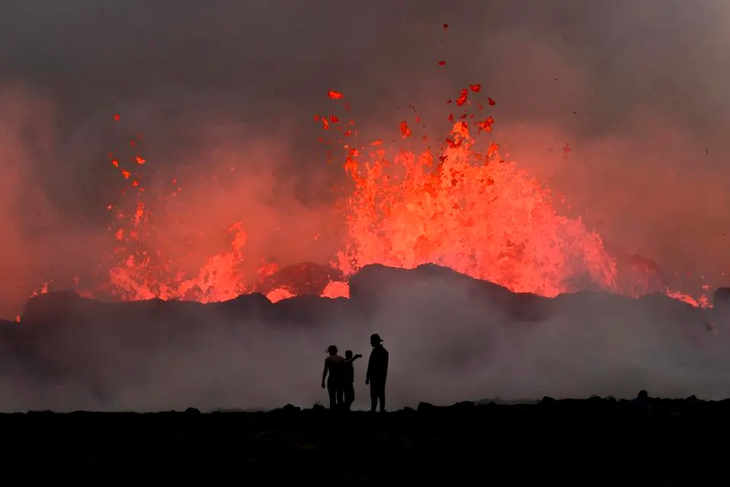
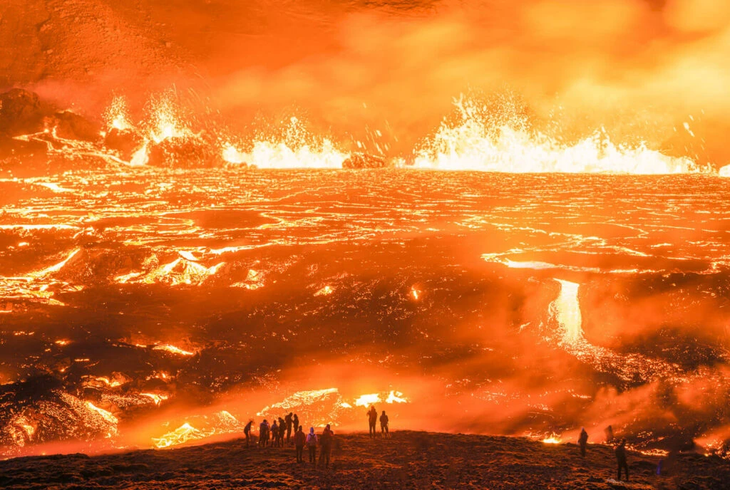





![[Photo] Prime Minister Pham Minh Chinh receives Lao Minister of Education and Sports Thongsalith Mangnormek](/_next/image?url=https%3A%2F%2Fvphoto.vietnam.vn%2Fthumb%2F1200x675%2Fvietnam%2Fresource%2FIMAGE%2F2025%2F12%2F16%2F1765876834721_dsc-7519-jpg.webp&w=3840&q=75)




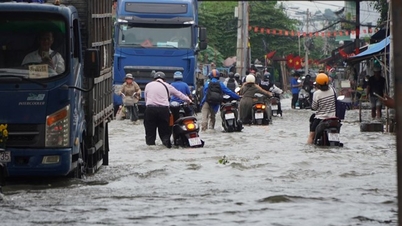





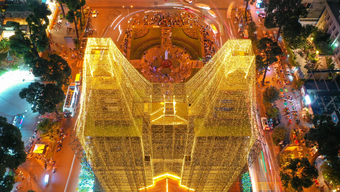

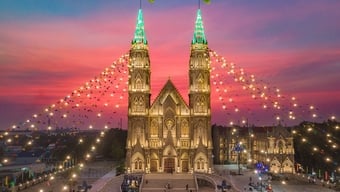













































































Comment (0)